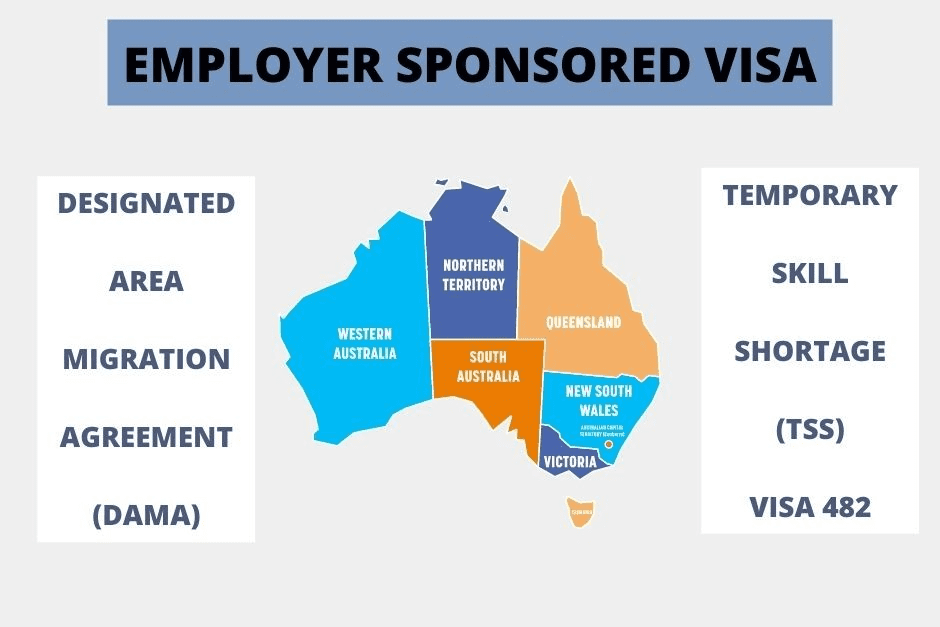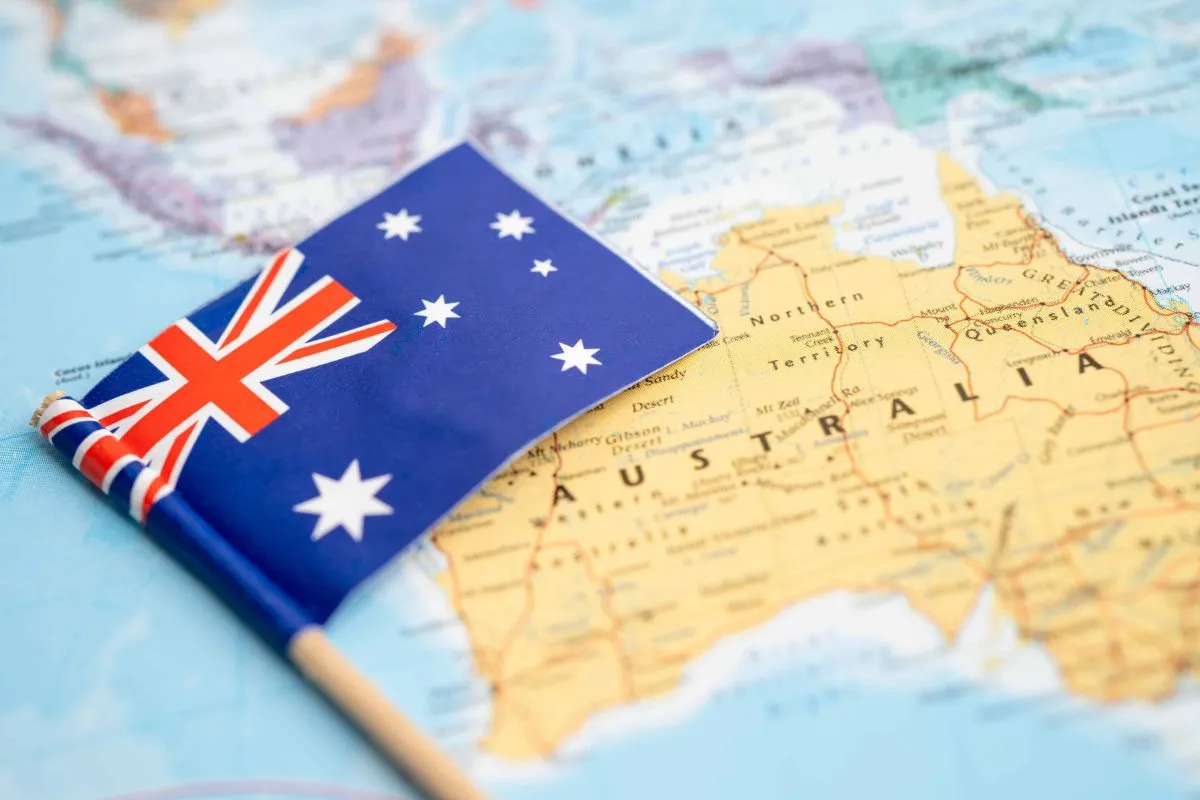Australia is once again making waves in the global migration landscape with the introduction of its Core Skills Occupation List (CSOL). This new list, set to replace the previous Skilled Occupation List (SOL), aims to align immigration policies with the nation’s pressing economic needs. By prioritizing high-demand skills and professions, the CSOL not only addresses labor shortages but also creates a seamless pathway for global talent to contribute to Australia’s growth story.
What is the Core Skills Occupation List (CSOL)?
The Core Skills Occupation List is designed to cater to Australia’s modern workforce demands. Unlike the broader SOL, the CSOL zeroes in on specialized roles that are critical to the nation’s development. It identifies specific skills needed across sectors and ensures migration policies are responsive to evolving economic priorities. This targeted approach not only benefits employers but also provides clarity for prospective migrants seeking opportunities in Australia.
Key differences between CSOL and SOL include a narrower focus on core industries and streamlined visa pathways, making migration a more efficient process.
High-Demand Occupations on the CSOL
The CSOL is a reflection of Australia’s economic vision, spotlighting sectors like:
- Construction: Essential roles to support infrastructure growth, including engineers, project managers, and skilled tradespeople.
- Healthcare: A focus on critical positions such as nurses, aged care professionals, and medical specialists to address growing healthcare demands.
- Cybersecurity: Experts in cyber defense, data protection, and IT systems to fortify Australia’s digital infrastructure.
| Sector | CSOL Occupations | Why These Roles Matter |
| Construction | Project Manager, Electrician, Plumber | Vital for tackling Australia’s housing and infrastructure needs. |
| Healthcare | Registered Nurse, Aged Care Worker | Addresses rising healthcare demands due to an aging population. |
| Cybersecurity | Analyst, Software Engineer | Essential for safeguarding data in a digital-first economy. |
| Education | Special Needs Educator, Teacher | Supports workforce readiness through education. |
| Hospitality | Chef, Hotel Manager | tourism |
These industries not only represent current needs but also signify areas where Australia aims to lead globally, ensuring a competitive and sustainable economy.
Impact on Global Talent and Migration
For international professionals, the CSOL is a game-changer. It provides a clear pathway for skilled workers to contribute to Australia’s future while offering them job security in industries with stable demand. The streamlined visa process under the CSOL reduces bureaucratic barriers, making migration less complex and more appealing.
Moreover, emphasizing high-demand skills ensures that migrants can integrate into the workforce seamlessly, enhancing their prospects for long-term success in Australia.
Broader Implications for Australia
The introduction of the Core Skills Occupation List (CSOL) is set to redefine Australia’s workforce dynamics and migration policies:
Addressing Critical Skill Gaps
Australia’s industries, particularly in healthcare, construction, and technology, have long faced skill shortages. By identifying and prioritizing these critical areas, the CSOL ensures that the most pressing workforce needs are met, strengthening industries that form the backbone of the economy.
Catalyzing Economic Growth
A diverse and skilled labor force is essential for driving innovation and productivity. By welcoming global professionals, Australia positions itself to boost economic output and maintain competitiveness on a global scale. Sectors benefiting from this influx can evolve into hubs of excellence, further elevating Australia’s economic stature.

Aligning Migration with Long-Term Goals
Unlike its predecessor, the SOL, the CSOL takes a more strategic approach, aligning migration policies with Australia’s future vision. This initiative is a step toward crafting a resilient, adaptable workforce that can meet evolving challenges in the coming decades.
This modernized approach not only addresses immediate workforce gaps but also ensures a sustainable and forward-thinking migration framework, positioning Australia as a global leader in skilled migration strategies.
Steps for Skilled Workers
For skilled professionals aiming to leverage the CSOL, the journey starts with careful preparation and informed decision-making:
Step 1: Identify Your Occupation
The first step is to confirm whether your profession appears on the CSOL. This list provides a clear outline of in-demand roles, helping applicants gauge their eligibility and potential contributions to Australia’s economy.
Step 2: Gather Documentation
Applicants should prepare key documents, such as certifications, proof of work experience, and English language proficiency test results. These materials are essential for demonstrating qualifications and readiness.
Step 3: Explore Visa Pathways
- Skilled Independent Visa (subclass 189): Ideal for professionals who want flexibility and independence.
- Employer-Sponsored Visa (subclass 482): Suitable for those with job offers from Australian employers.
Understanding these options ensures applicants choose the pathway best suited to their career aspirations and circumstances.
Step 4: Stay Updated and Informed
With migration policies and lists frequently updated, staying informed is crucial. Regularly checking government portals and consulting migration experts can help applicants adapt to changes and improve their chances of success.
A well-prepared application, combined with proactive engagement, can open doors to a promising future in Australia under the CSOL framework.
Conclusion
Australia’s Core Skills Occupation List is more than just a migration reform; it’s a bold strategy to reshape the nation’s workforce. By focusing on high-demand roles and simplifying pathways for global talent, the CSOL sets a new benchmark in migration policies. As Australia paves the way for a future-ready economy, the CSOL not only addresses immediate challenges but also creates opportunities for international professionals to play a vital role in its success story.
















